Must-reads for curious minds
Our scientists and experts share some of their favourite titles
The written word has long helped us understand science and the natural world around us. In fact, Natural Resources Canada is home to the first ever science library in Canada, dating back to 1854.
Times have changed. So what are our scientists and experts reading these days? Scroll down for a list of their suggested must-read works.
If you’re curious, you can explore our collections online and freely download many publications, maps and photos at our current NRCan Library.
Happy reading!
Brian Greene, The Elegant Universe

“As a scientist, regardless of whether you work on fossil pollen in cores or ice sheets covering continents, your world can become very small. This leads to one of our greatest challenges: communicating our work to a broader audience. I didn’t fully appreciate this yet when, on a boat trip through Gwaii Haanas in my undergraduate years, I came across The Elegant Universe by Brian Greene. Granted, it took a few turns through the book to fully understand what on earth he was talking about — 11 dimensions? 1D strings? The tangible way he is able to relate abstract concepts such as general relativity, quantum mechanics and string theory through meaningful thought experiments has been inspirational to this day. I strive to engage non-specialists in my work much in the way I briefly cared about abstract physics for a spell!”
— Jordan Eamer, Research Scientist, Dartmouth, Nova Scotia
Mahatma Gandhi, The Story of My Experiments with Truth

“I read the autobiography of Gandhi, The Story of My Experiments with Truth last summer. I was fascinated by his perseverance in pursuing truth when most people would accept the status quo for whatever reasons. I appreciate greatly Gandhi’s approach in conducting his ‘tests and trials’ on things as personal as his diet to civil movements as paramount as Satyagraha [nonviolent resistance]. We make progress in science with many iterations and often conclude our experiments with relative truths. Importantly, as Gandhi suggested, ‘The seeker after truth should be humbler than the dust.’ Until ‘The Absolute Truth’ is recognized, we should never overlook what appears to be insignificant now, for it could be the game changer tomorrow.”
— Terry C. Cheng, Research Scientist, CanmetMINING, Ottawa
Bill Bryson, A Short History of Nearly Everything

“The book A Short History of Nearly Everything by Bill Bryson inspired me. I found it at a time when I was full of self-doubt about pursuing the sciences and burning out from a heavy undergraduate course load. It reminded me of how interesting these topics can be outside of a classroom, and how important it is to communicate science with passion and enthusiasm. It showed me that you don’t have to be the best scientist to explain science clearly, just curious enough to ask and humble enough to listen. They’re traits I still strive to emulate.”
— Tiegan Hobbs, Seismic Risk Scientist, Vancouver, B.C.
Jim Rohn, The Five Major Pieces to the Life Puzzle
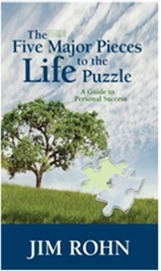
“Success is built from positive actions repeated every day. That’s the advice of the late Jim Rohn in The Five Major Pieces to the Life Puzzle. I found this advice applies well to work and science: if we just focus on urgent tasks, we neglect the time required to grow our knowledge. My most innovative work is accomplished by spending only a few minutes each day on a side project.”
— Simon Banville, Senior Geodetic Engineer, Canadian Geodetic Survey, Ottawa
Tim Harford, Messy: The Power of Disorder to Transform Our Lives
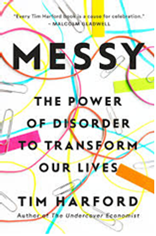
“I read this book only a few years ago, and I wish I had done so much earlier. It’s an ode to disorganization and to instinct. This book shows how creativity and interesting (and sometimes completely unforeseen) results can come out of disorder. I truly enjoyed reading this book, as it made me feel better about myself and not so guilty about not doing things in the right order or the conventional way. This book also demonstrates that one can often take advantage of any (inevitable) disorders happening in your life, such as those related to unexpected changes of plans, and turn them into interesting opportunities. Very reassuring when you’re an anxious person! Messy is a fantastic, informative yet entertaining book that celebrates messiness, an aspect that is usually considered negative in our society.”
— Christine Rivard, Research Geoscientist, GSC–Quebec
Tim Caulfield, The Cure For Everything!: Untangling The Twisted Messages About Health Fitness And Happiness
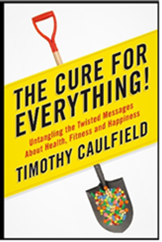
“This book deals with health, sport and nutrition myths, when nowadays buzz words and celebrities seem to strongly affect our judgment. Caulfield’s writing is largely supported by scientific references, which, as a scientist, I really appreciate, but it’s also very funny. This book has changed my way to apprehend fitness and health. It remains a great source of inspiration for me, and definitely a book to keep on my shelves.”
— Stéphanie Larmagnat, Research Geoscientist, GSC–Quebec
Eileen Pollack, The Only Woman in the Room: Why Science Is Still a Boys’ Club
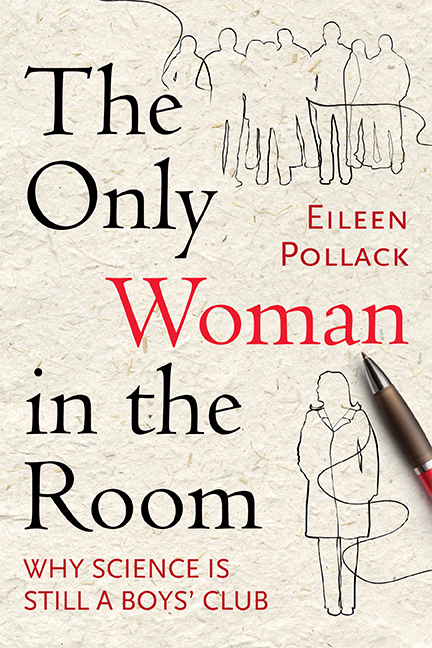
“The inspiration to become a better advocate for women in science came in the form of books. One was Eileen Pollack’s 2015 benchmark analysis The Only Woman in the Room: Why Science Is Still a Boys’ Club.
“Pollack’s description of her own experience as one of the first women to obtain an undergraduate degree in physics at Yale University — coupled with statistical data, experimental results, popular culture references and interviews with top women in science — explores the ongoing attrition of top female minds in science’s ‘leaky pipeline.’ And since Pollack is now a creative writing professor and successful author, her story is told with finesse, grace and humour.
“This work inspires me to continue to support my female colleagues in any way I can. However, I have no idea who has my copy of this book right now, as it is making the rounds through our Women in Science Discussion Group at the Geological Survey of Canada’s Pacific Division.”
— Adrienne L. Jones, Geoscientist, Sidney Subdivision Head and Program Manager, GSC–Pacific
Various authors, National Geographic Magazine
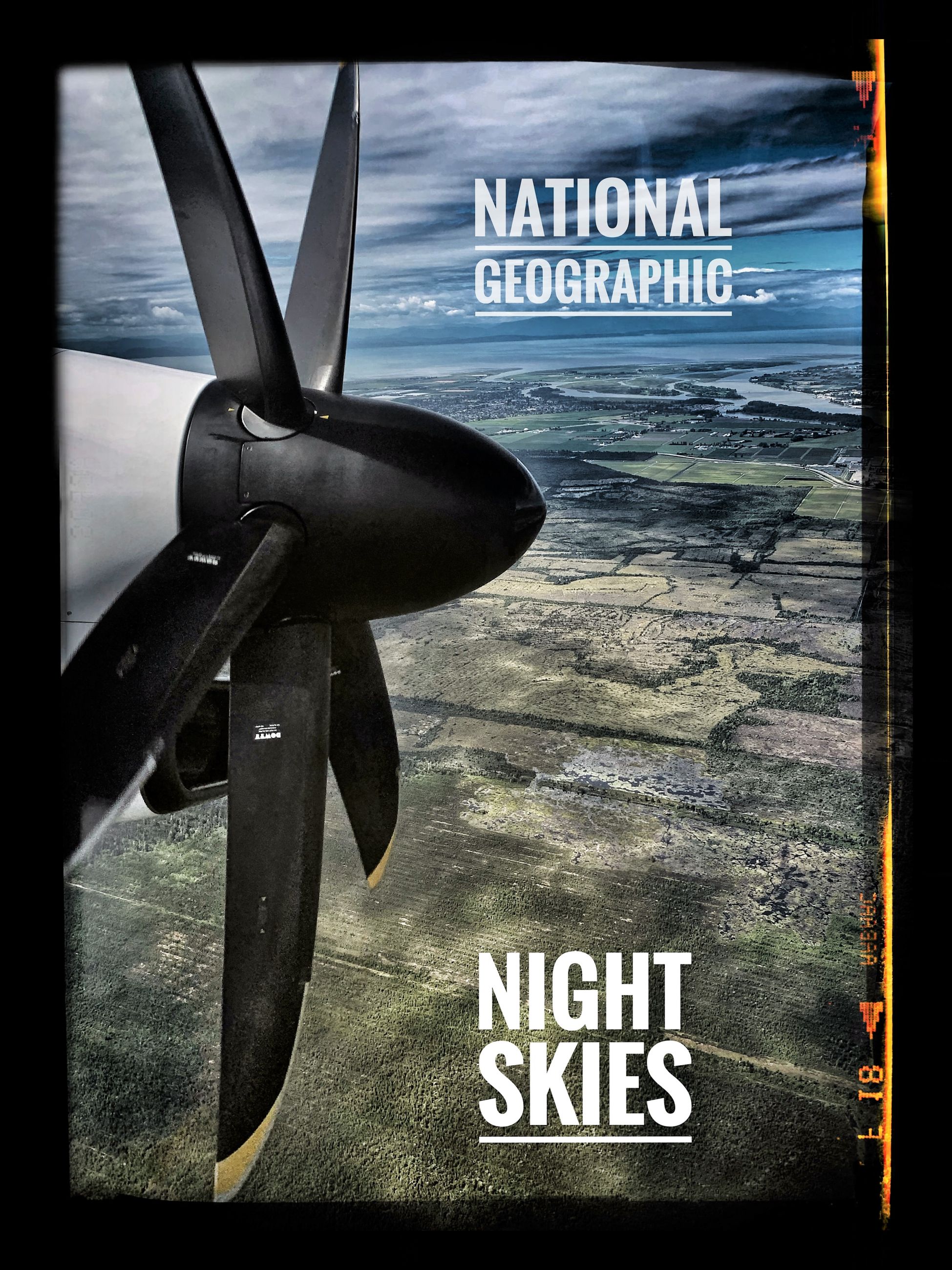
“My literary inspiration was not exactly a book. My high-school geography teacher opened my young eyes to the world. Now, I watch our world from satellite images to understand how to it behaves and find ways to fix things, if possible. When I was in Grade 9, our geography teacher usually gave us old National Geographic magazines and asked us to pick any article and write a page on why we liked the article. At the end of the term, I had read about 20 articles with awesome photographs about parts of the world. I was hooked. The rest, they say is history. Global satellite images are now my ‘awesome photographs.’ ”
— Vern Singhroy, Chief Scientist, RADARSAT Constellation Mission, Canada Centre for Remote Sensing
Inscription, National Research Council Building, 100 Sussex Drive, Ottawa
“Going back a few years, I was a co-op student with the NRC, and I got the opportunity to go to the beautiful NRC building on Sussex for a talk on theoretical chemistry. I was struck by the inscription over the main entrance of the building, especially the last line. It perfectly encapsulated why I love studying science, and helps drive me to deliver publically funded science within the public service:
— Nicholas Maddox, Analytical Technologist, CanmetMINING
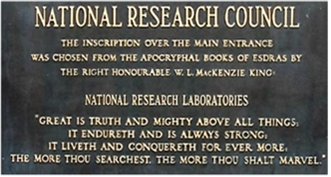
Great is truth, and mighty above all things,
It endureth and is always strong,
It liveth and conquereth for ever more,
The more thou searchest, the more thou shalt marvel.”
Jorge Cham and Daniel Whiteson, We Have No Idea
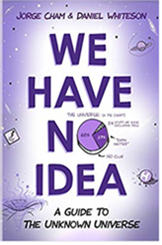
“We Have No Idea takes some pretty complicated scientific theories and breaks them down into understandable chunks of mind-blowing information. Not only is the book informative, it’s fun and entertaining. It doesn’t matter if you’re fresh out of high school or have two graduate degrees — you’ll find something fun and interesting in this book!”
— Robyn Fiori, Scientist, Canadian Hazard Information Service
Tony Hiss, The Experience of Place
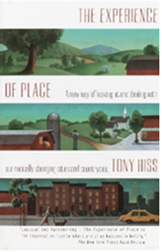
“One of the most memorable papers I read as an early graduate student 50 years ago was one by Art Lachenbruch of the U.S. Geological Survey. It highlighted the meaning of the ‘noise’ contained in Arctic borehole temperatures measured at shallow levels. To him they pointed to an influence of humankind on climate beginning at the time of the industrial revolution. Two decades later, I read The Experience of Place by Tony Hiss, which was seemingly unrelated to Art’s paper. But something that stuck with me was indeed very much related: his description of ’standing’ at the base of a truncated corner of one of the World Trade Center towers. Not long after, when visiting New York, I repeated his experiment, lying on the sidewalk, feet on the building, looking straight up to a distant vanishing point. Only a minute passed before I lost my sense of gravity and felt that I could walk along this narrow road into space, right through our preciously thin atmosphere. The impact of that experience, and the appreciation of the odd link between a book about our built environment and Lachenbruch’s foundational paper with implications for climate change, have remained with me ever since. What irresponsible, wantonly blind stewards we have been, and continue to be, of our very finite natural resources.”
— Earl Davis, Research Scientist, Sidney, B.C.